Food photography is an art form, and one of the most important elements of a successful food photograph is the use of leading lines. Leading lines are the lines within a photograph that guide the viewer's eye from one point to another, drawing attention to the subject and creating a sense of depth and movement. Whether it's a winding path, an interesting pattern, or the angle of the light in the background, leading lines can be used to enhance the composition of a food photograph and make it more visually appealing. In this article, we'll explore how to use leading lines to add drama and interest to food photos.
Creating Depth and Focus with Leading Lines
Leading lines are a powerful tool for creating depth and focus in a food photo.By using leading lines, you can draw the viewer's eye to certain elements of your photo, helping to create an interesting composition. Leading lines can be used in a variety of ways in food photography, from leading the viewer's eye around the frame to directing attention to the main subject of the image. When using leading lines to create depth, the most important thing is to make sure that the lines lead from the foreground of the image to the background. This helps to create a sense of depth and gives the image a three-dimensional feel. To achieve this effect, use elements such as walls or tables as foreground subjects, and then use lines such as pathways or roads as leading lines to lead the viewer's eye into the background of the image. Leading lines can also be used to direct focus to the main subject of a food photo.
This is particularly effective when combined with other compositional elements such as shapes and patterns. For example, you could use a pathway or a set of stairs to lead the viewer's eye to the main dish on a plate. Or you could use a series of linear shapes such as windows or buildings to draw attention to the main subject of the image. In conclusion, leading lines are an effective tool for creating depth and focus in food photography. By using elements such as walls and pathways as leading lines, you can draw attention to certain elements of your photo and create an interesting composition.
Different Types of Leading Lines
Leading lines are visual cues that draw attention to specific elements in a photo.They can be used to create focus, direct the viewer's eye, and add depth and dimension to an image. There are many different types of leading lines, but the most common ones include lines created by the subject, lines created by the background, and lines created by the photographer.
Subject Lines:
Subject lines are created by the subject in the image. This could be a plate of food with a linear pattern, or a line of people standing in a row. These lines help to draw attention to the subject and create a sense of order or balance in the photo.Background Lines:
Background lines are created by the environment surrounding the subject.This could be a road leading away from the camera, or a wall with a linear pattern. These lines help to draw attention away from the subject and create a sense of movement or depth in the photo.
Photographer Lines:
Photographer lines are created by the photographer. This could be a line of people standing in a row, or a leading line created with a tripod or other device. These lines help to draw attention to the photographer’s composition and create a sense of balance or symmetry in the photo. By using these different types of leading lines, photographers can create interesting compositions and draw attention to specific elements in their photos.Using Leading Lines to Create Balance and Contrast
Leading lines can be used to create balance and contrast in a food photo by guiding the viewer's eye to different parts of the image. For instance, if you want to draw attention to a particular element of your food photo, you can use a leading line to direct the viewer's gaze towards that element. Likewise, if you want to create a sense of harmony in your photo, you can use leading lines to help create balance and contrast between different elements. When creating balance and contrast in your food photo with leading lines, it's important to consider how the lines will interact with the other elements in the image. For example, if you are using curved lines, make sure that they contrast with straight lines in the photo.You can also use leading lines to create depth in an image by using lines that converge or diverge from the point of focus. Additionally, you can create patterns and shapes with leading lines that can help bring together different elements of your photo. Leading lines are a powerful tool for creating balance and contrast in food photos, and can help you create more visually interesting and dynamic images. By considering how different elements interact in your photo and using leading lines to guide the viewer's eye, you can create a more engaging image that will draw viewers in and keep them engaged.
Using Leading Lines to Direct the Viewer's Eye
Leading lines are a powerful tool in food photography composition that can be used to direct the viewer's eye around the image. The idea is to use strong lines that lead the viewer's eye through the photo, and create a sense of flow throughout the image.The line can be anything from an actual line or path in the scene, to a contrast between two elements, or even a color change. To use leading lines effectively, you need to consider the overall composition of your photo. Try to think about how you can use lines to create a visual journey for the viewer. You can use leading lines to create paths that lead the viewer's eye from one element of your photo to another. You can also use leading lines to draw the viewer's attention to a particular element of the image.
By drawing attention to certain elements, you can create a more interesting and engaging photo. When using leading lines in food photography, it's important to consider how the lines will interact with other elements in the scene. For instance, if you have a strong leading line that goes through the center of your frame, consider how this will affect the rest of your composition. You may want to balance out the line by adding other elements to either side, or use other elements in the scene to complement the line. Leading lines are an important tool in food photography composition. By using leading lines, you can direct the viewer's eye around your image and create a more interesting and engaging photo.
Try experimenting with different types of lines and see how they interact with other elements in your composition.
Using Leading Lines to Direct the Viewer's Eye
Leading lines are an effective composition technique for directing the viewer's eye around a food photo. They can be used to move the eye through the image, creating paths or pathways. You can use them to draw attention to the focal point of your photo, or even lead the viewer into or away from the subject. Leading lines can be created in many ways, including natural elements such as rivers, roads, fences and pathways. You can also create leading lines with architectural elements, such as fences, stairs, windows and doorways.Finally, you can use props within the photo to create leading lines, such as utensils, cutlery, plates or even the food itself. When using leading lines in food photography, it's important to remember that they should lead the viewer's eye towards an interesting element of the photo. This could be something like a dramatic sky in the background, a beautiful piece of fruit or a special garnish. It's also important to ensure that the leading line is not too obvious - it should be subtle enough that it doesn't overpower the image. By using leading lines effectively, you can create more interesting and dynamic food photos. They can direct the viewer's eye around the image, creating paths and pathways that draw attention to the focal point of your photo.
With practice and experimentation, you'll soon be able to craft beautiful food photos with leading lines.
Using Leading Lines to Direct the Viewer's Eye
Leading lines are an essential compositional tool for food photography that can be used to draw the viewer's eye around the image. There are many ways to use leading lines, from using natural lines in the environment, to lines created with props and other elements. Natural lines, such as paths, rivers, roads, or other features in the environment can be used to lead the viewer’s eye around the image. These lines often appear naturally in food photography, and can be used to draw attention to the food itself or to other elements in the photo.You can also use props and other elements to create leading lines in your food photos. Plates, utensils, and other objects can be used to create leading lines that draw the viewer’s eye around the image. You can also use lighting and shadows to create leading lines that guide the viewer’s eye. When using leading lines in your food photos, it’s important to consider how they will affect the composition of the image.
Will they lead the viewer’s eye directly to the food or will they draw attention away from it? You can also use leading lines to direct the viewer’s eye to smaller details within the image that might otherwise go unnoticed. By using leading lines, you can create more interesting food photos and draw attention to certain elements of your image. With a bit of practice and experimentation, you’ll soon be able to use leading lines effectively in your food photography. Leading lines are an essential element of food photography composition. Different types of leading lines can be used to create balance and contrast, direct the viewer’s eye, and create depth and focus in the photo.
By incorporating leading lines into your food photography, you can make your images more interesting and visually appealing. Photographers should take time to consider the different types of leading lines they can use and experiment with different compositions to find the best result. Additionally, look for objects in the scene that can be used as leading lines and think outside the box when creating your images.


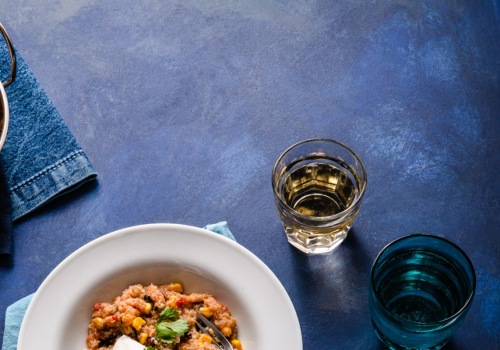
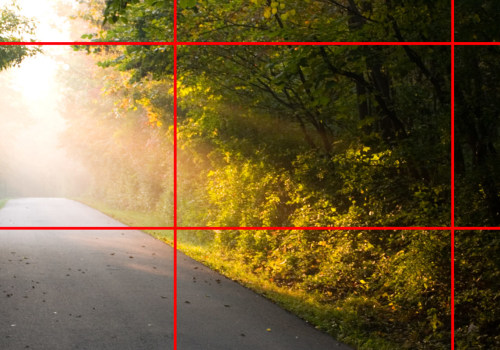
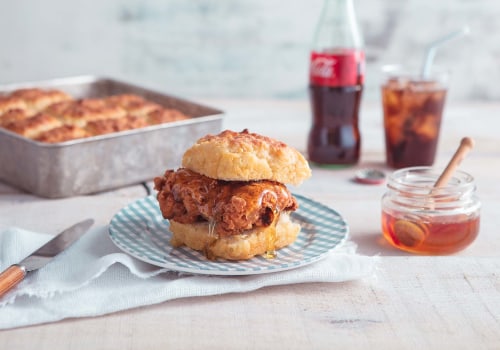
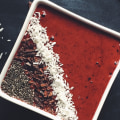
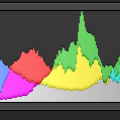

Leave a Comment